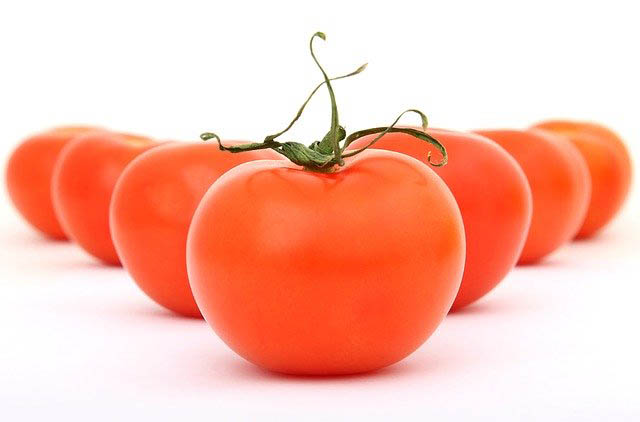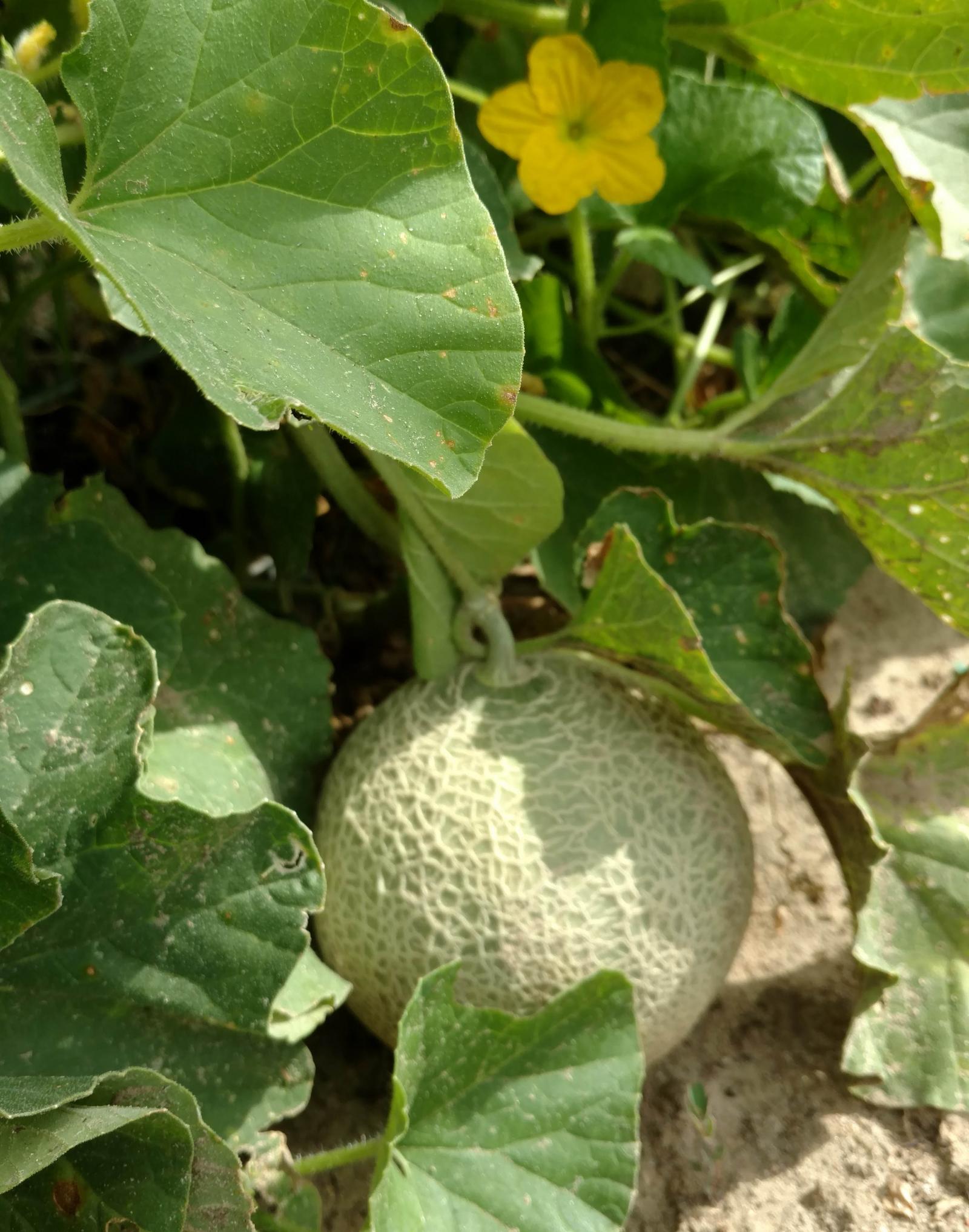
The phrase “Right Plant - Right Place” rings true in every outdoor space, certainly for a vegetable garden. Though each plant has some potential for adaptability, vegetables can generally be divided into 2 groups: 1) the sun lovers and 2) the ones that prefer full day sun but are adaptable to a few hours of shade as well. Knowing the requirements of these picky and not-so-picky individuals leads to success or failure. Veggies for the sun include tomatoes, peppers, eggplant, squash, okra, onions, beans, carrots, cucumbers, melons, potatoes, sweet corn, and sweet potatoes. Though not totally made for the shade, those that tolerate a bit are spinach, lettuce, broccoli, collards, peas, and cabbage. In specific terms, the sunny group needs 6-7 hours of direct sunlight at a minimum, while the others can get by with 4-5. In addition to sun exposure, there are other location-specific considerations. The first is a must and the second is a matter of human nature. Loose, rich, well-drained garden soil is an absolute requirement. Attempting a garden growing venture in hard, compact, rock, and nutrient-poor media is an impossible hurdle to leap over. Before seeding or installing transplants, stick a pitchfork in your chosen space and turn over a chunk. If it looks black and rich and crumbles a bit, it’s good to go. If it stays together as a heavy clod, even after you try to break it up, it needs help. Fortunately, most problem soils can be greatly improved with the incorporation of organic matter. Working in several bags of leaf mold or compost will provide the nutrients, drainage, and the root expansion potential that veggies need to thrive. The second is the location of the site itself. If the plot being pondered is at the edge of the property, it might become a chore to tend the garden regularly. Improve the chances of success by choosing a section of the landscape that is close to a water source and easily accessible.
- Growing Your Own Food
- Lincoln gardener Tim Rinne show how he transformed his property into an edible landscape. Tim focuses on real solutions to growing your own food instead of the traditional turf/shrub landscape.
- Container Vegetable Gardening - G2263
- This NebGuide will address the basics of container vegetable gardening for people with limited space, limited accessibility, and how to start gardening on a small scale.
- Soil Temperatures for Planting
- UNL Extension Educator Sarah Browning gives tips for planting various produce and keeping an eye on soil temperatures
